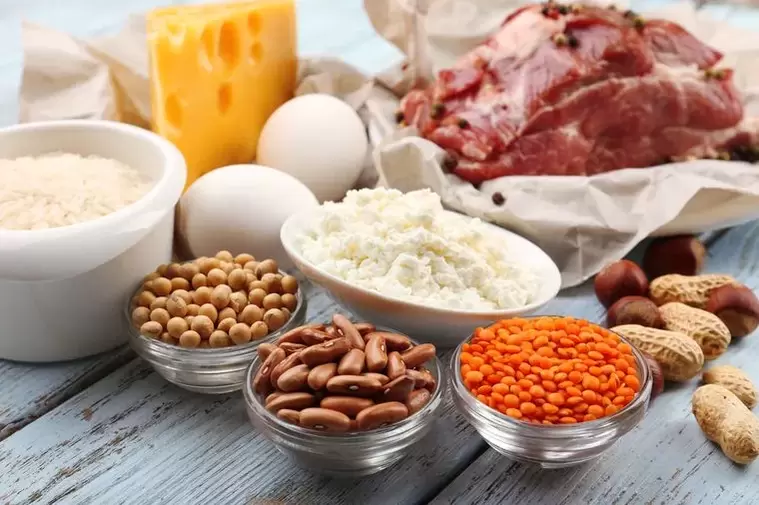
Among the many different weight loss systems, carbohydrate-free methods for weight loss occupy a special place. It is also used by professional athletes for what is called "drying". The main goal in this case is to get rid of subcutaneous fat and build muscle, giving them a beautiful relief. Before starting a diet, carefully study all the pros and cons, principles and contraindications.
the point
As the name suggests, a carb-free program is all about cutting out carbohydrates in your diet by focusing on fat and protein. Many other protein diets are based on the same rules - the Ducan, Montignac, keto diet. According to reviews, subject to a carbohydrate-free diet, in two weeks the plumb line can become 5-10 kg, depending on the initial body weight.
However, it is impossible to completely abandon carbohydrates, they are necessary for the normal functioning of the digestive tract and nervous system. After all, carbohydrates are a source of energy for the body, therefore, completely excluding them from the diet, soon you will begin to feel periodic headaches, drowsiness, fatigue, mood swings, low concentration of attention and other "pleasures". Therefore, nutritionists recommend sticking to 20-30 grams of carbohydrates in food per day. At the same time, products with a low glycemic index have advantages.
What is GI
The glycemic index is the rate at which carbohydrates in food are absorbed by the body and raise blood sugar.
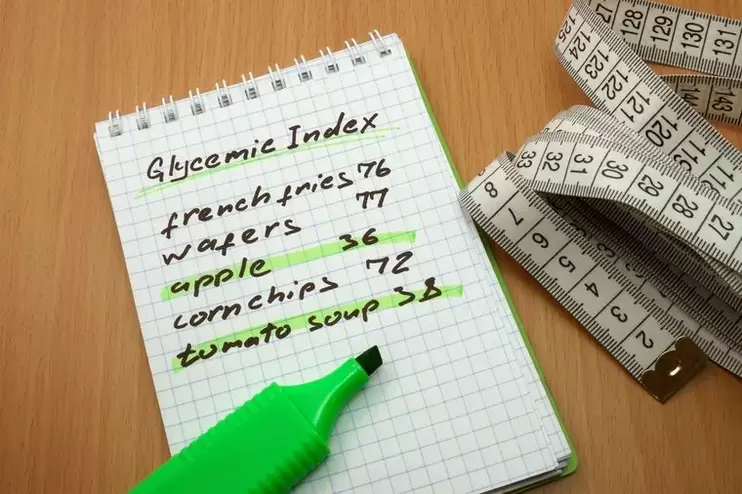
The scale for measuring the glycemic index (abbreviated GI) consists of 100 units. Thus, 0 is the minimum value, i. e. the product contains no carbohydrates at all and 100 is the maximum possible value. Foods with a high GI very quickly saturate the blood with glucose, as a result of which the body is replenished with extra calories. If at this time additional energy is not needed, it is immediately converted into fat accumulation. This is how the body provides a backup source of energy for itself.
Remember: it is not high GI foods that will interfere with slimness, but their uncontrolled use. Especially with a sedentary lifestyle. For example, if you've recently been doing strength training, quick carbs will benefit by stimulating muscle growth. And if you just sit on the couch and watch TV, sweets and pastries will only worsen your shape and health.
note:The actual GI index may vary depending on the amount of food consumed, method of preparation, heat treatment, combination with other foods and other factors. However, the amounts don't differ drastically: Brussels sprouts, for example, will remain a low GI product (10-20 units), and the glycemic index of instant cereal will remain high.
High glycemic index foods (95-70)
This includes:
- white bread;
- bread;
- pancakes;
- baked, boiled and mashed potatoes;
- rice noodles;
- instant porridge, including rice;
- honey;
- corn cereals;
- sports drinks (PowerAde, Gatorade);
- sweet pastries;
- muesli with nuts and raisins;
- pumpkin, watermelon and melon;
- milk chocolate and chocolate bars;
- Pepsi and Coca-Cola carbonated drinks;
- Dumplings;
- chips;
- Sugar.
Medium GI (65-55)
- Wheat flour;
- packaged juice;
- preserves and jams;
- rye bread and black yeast;
- marmalade;
- muesli with sugar;
- potato jacket;
- raisins;
- whole wheat bread;
- canned vegetables;
- Pasta with cheese;
- banana;
- sweet ice cream;
- long grain rice;
- mayonnaise;
- oatmeal;
- buckwheat chocolate;
- grapes and grape juice;
- tomato sauce;
- spaghetti;
- cake.
Low GI (50-5)
- Sweet potato (yam, yam);
- green buckwheat;
- basmati rice;
- unsweetened cranberry juice;
- oranges, kiwis, and mangoes;
- unsweetened apple juice;
- Brown rice;
- Pomelo;
- coconut;
- fresh orange juice;
- unsweetened carrot juice;
- dried apricots and prunes;
- tomato juice;
- cabbage of various types: cauliflower, Brussels sprouts, white cabbage;
- nuts: peanuts, hazelnuts, pistachios, pine nuts, walnuts;
- fight;
- know (know);
- soy;
- spinach;
- greens: parsley, basil, oregano.
Urgent:even low GI foods contain calories, so you have to count them. There is no direct relationship between the glycemic index and calorie content.
How does it work
To produce glucose and other sources of energy, the body needs a substance called alanine. The body does not receive enough carbohydrates, so it must use "fat reserves" to produce alanine. In order not to reduce muscle mass, you need to eat protein foods.
You gradually lose weight, the body is cleansed and lowered. Strength and well-being guaranteed.
note:Alanine is an aliphatic amino acid that plays an important role in human energy metabolism. Due to the interaction of alanine with various biologically active compounds, other useful substances are formed in the body.
General principles
For quick and effective results, we carefully observe all aspects of this nutritional system:
- Eat 5-6 small meals throughout the day. You should forget about medium snacks.
- The norm of drinking water per day is 2-2. 5 liters. Drink water before meals and half an hour after, but not at the same time.
- Eat your last meal before seven or eight o'clock in the evening. If at night you are tormented by an unbearable hunger, trick your stomach with a glass of water, then go to bed.
- Take vitamin and mineral supplements.
- Gradually reduce the amount of carbohydrates in the menu: from the usual level of 150-200 g, approaching the minimum value - 20-30 grams.
- Eliminate bread, sugar, coffee, starchy foods (potatoes, beets, corn), high GI fruits, semi-finished products from the diet; foods marked as "diet" or fat-free, alcohol is also not acceptable.
- Of vegetable fats, only small amounts of nuts and olive or flaxseed oil are allowed.
- Frying food is allowed, but again only with olive or flaxseed oil.
- Don't forget about sports. If it is absolutely unbearable for you to run in the morning or go for a swim, entertain yourself with the fact that thanks to physical education, the skin will not sag after losing weight, and the muscles will acquire a beautiful shape.
Basic diet
Foods you can eat without restrictions:
- meat (beef, veal, rabbit, turkey);
- eggs and poultry offal (liver, tongue, heart);
- fish and seafood (sea fish fillet, shrimp, lobster, crab);
- dairy products (cottage cheese, sour cream, milk, unsweetened yogurt);
- berries, oranges, and other low GI fruits;
- vegetables (cabbage, fresh peas and beans, greens and greens);
- nuts and seeds.
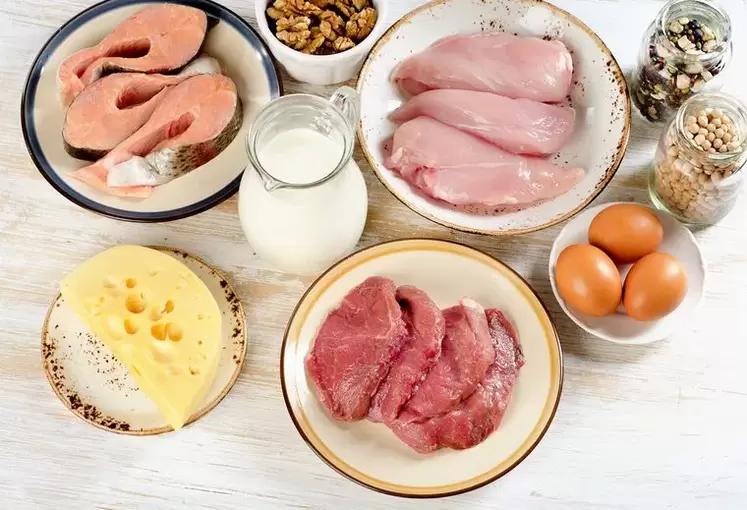
Advantages and disadvantages
pro
- You can structure the menu according to your taste from the various products allowed. Each day the diet will be different, which means the diet is easily tolerated and painless.
- No need to waste time preparing special dishes.
- Acceptable diet costs.
- Reliability, you will lose weight very quickly.
- When limiting the use of carbohydrate foods in the body, ketones are produced - substances that accelerate the process of burning adipose tissue. Ketones reduce appetite, energize the brain, and act as antidepressants.
minus
However, not everything is so rosy; Carbohydrate-free diets also have significant drawbacks.
- As a result of eating a large number of protein foods, the products of metabolism overload the liver and kidneys. They work very intensively, which can lead to the development of chronic diseases.
- Refusing foods containing carbohydrates, a person removes vitamins and minerals from his body. Therefore, experts advise taking self-proven vitamins and dietary supplements.
- With a lack of carbohydrates in the body, ketone bodies are formed. They accumulate in the blood and then pass into the urine. People call this symptom "acetone in the urine", it indicates a violation of fat and carbohydrate metabolism.
- Often, the body does not want to accept a carbohydrate-free diet, so a person has unpleasant symptoms: weakness, nausea, constipation or, conversely, diarrhea.
- Protein-rich foods contain a lot of fat, so be careful with your menu.
Can not
As mentioned earlier, this diet does not have a strict menu, you can make your own.
For 7 days
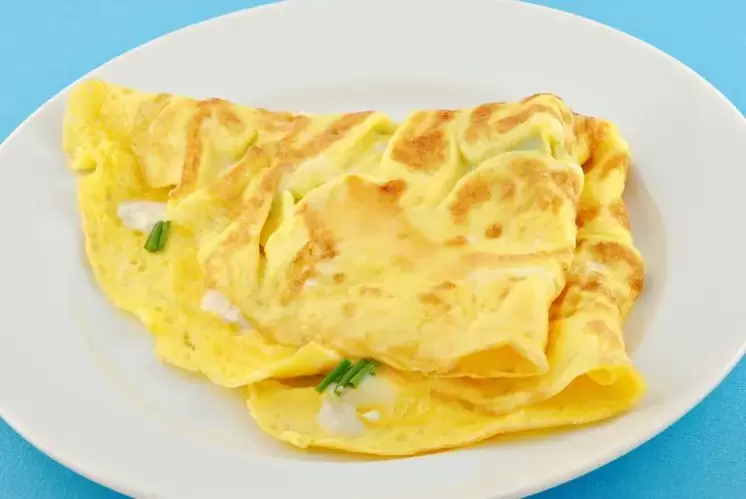
Monday
- Morning: omelet with cheese or eggs; unsweetened coffee or orange juice; diet bread.
- Day: vegetable soup with chicken stock; chicken with rice; a glass of kefir; instead of rice, you can use a vegetable salad with olive oil.
- Evening: assorted cucumbers and tomatoes, seasoned with lemon juice; low-fat cottage cheese; Pomelo.
Tuesday
- Morning: low-fat yogurt; a slice of cheese; oranges or apples.
- Day: vegetable soup with beef broth; beef stew; kefir or apple juice.
- Evening: boiled cauliflower with mushrooms; boiled eggs; dried fruit compote.
Wednesday
- Morning: oatmeal on the water; cottage cheese casserole; green tea.
- Day: fish soup without potatoes; boiled fish; celery salad; coffee.
- Evening: turkey with vegetables; tomato juice; Greek Salad.
Thursday
- Morning: scrambled eggs with tomatoes; Apple; rosehip broth.
- Day: cheese soup; stewed breast with vegetables; yogurt.
- Evening: buckwheat porridge; beef stew; fruit juice.
Friday
- Morning: cottage cheese with sour cream; boiled eggs; sugar free coffee.
- Afternoon: vegetable soup with green sorrel; fish fried in olive oil; green tea or berry juice.
- Evening: cabbage salad; beef steak; herbal tea.
Saturday
- Morning: 2 eggs; oatmeal and tea.
- Day: chicken soup without potatoes; millet porridge; yogurt.
- Evening: boiled fish; cucumber and tomato salad; rosehip broth.
Sunday
- Morning: curd and berry mousse; baked apple.
- Day: turkey borsch; grilled fish; tomato juice.
- Evening: beef liver; steamed cauliflower; compote.
For 10 days
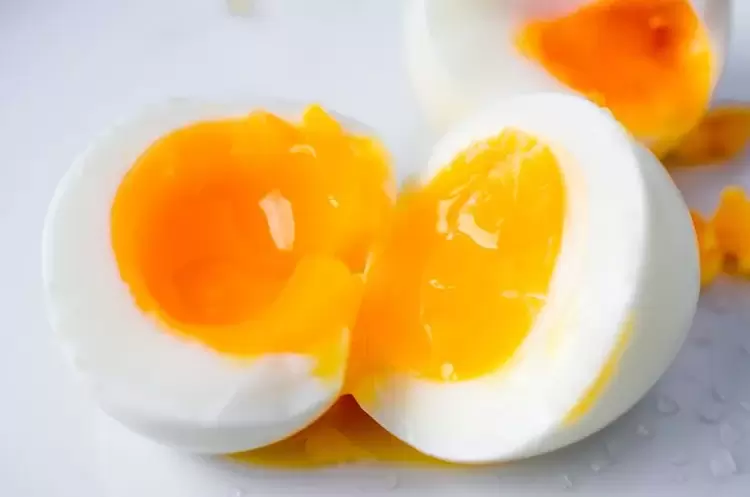
Day 1
- Breakfast: two boiled eggs; assorted cucumbers and tomatoes with the addition of Chinese cabbage (season with 1 teaspoon of olive oil); unsweetened coffee or rosehip broth.
- Lunch: a slice of low-fat cheese and two lettuce leaves.
- Lunch: grilled breast; radish and lettuce salad; green tea.
- Afternoon snack: a glass of kefir and a handful of berries.
- Dinner: steamed lean fish fillet; grilled eggplant or zucchini with cheese.
Day 2
- Breakfast: two-egg omelet with tomatoes; natural yogurt with pieces of fruit; coffee without sugar and milk.
- Lunch: a glass of kefir and oranges.
- Lunch: flounder fillet; stewed vegetable made of tomatoes, zucchini, broccoli, scallions.
- Afternoon snack: cucumber stuffed with grated cheese (45 gr. ).
- Dinner: roast beef steak; spinach, arugula, and avocado salad; carrot juice.
3rd day
- Breakfast: two-egg omelet with tomatoes; two pieces of celery and 45 g of grated cheese; rosehip broth.
- Lunch: a glass of yogurt with berries or fruit slices.
- Lunch: boiled mackerel fillet; broccoli, leek and tomato puree soup.
- Afternoon snack: a glass of kefir with berries.
- Dinner: roast pork fillet; steamed cauliflower with additional 1 tsp. olive oil; herbal tea.
Day 4
- Breakfast: natural yogurt with fruit chunks; two boiled eggs; green tea.
- Lunch: two pieces of celery and a slice of cheese.
- Lunch: grilled tuna fillet; white cabbage, radish and cucumber salad.
- Afternoon snack: a glass of kefir and a handful of berries.
- Dinner: breast; zucchini pancakes; coffee.
Day 5
- Breakfast: cottage cheese casserole with berries; herbal tea.
- Lunch: small portion of Caesar and chicken breast.
- Lunch: halibut fillet; assorted white cabbage, cucumber and radish with olive oil.
- Dinner: beef steak; Oven-baked asparagus, sprinkled with grated cheese.
Day 6
- Breakfast: low-fat cottage cheese with berries and green tea.
- Lunch: grilled breast and salsa salad.
- Lunch: salmon fillet and mushroom noodle soup.
- Afternoon snack: two pieces of celery and 45 g of low-fat cheese.
- Dinner: steamed breast and asparagus with grated cheese.
Day 7
- Breakfast: one omelet with tomatoes and herbs; natural yogurt with pieces of fruit; coffee.
- Lunch: Caesar portion seasoned with olive oil, lemon juice and spices.
- Lunch: flounder fillet and roasted cauliflower.
- Afternoon snack: cheese and two pieces of celery.
- Dinner: breast and serving of Mexican guacamole salad and herbal tea.
From the eighth day we start from scratch. In this version, it is allowed to drink a glass of low-fat milk or kefir in the evening.
Hard variation Hard
This option is suitable only for highly motivated people with good health and strong will.
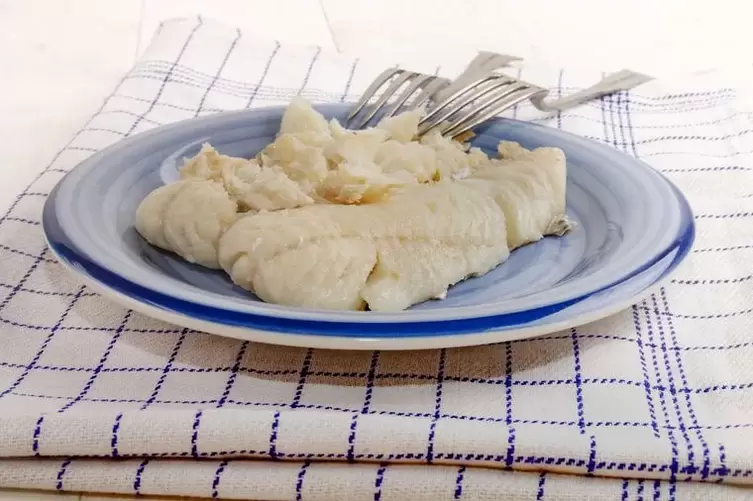
- the first day. Starting at 10 am, we eat one boiled egg every two hours. Only 5 eggs per day.
- 2. During the day, in small portions, we eat 1 kg of lean fish cooked without salt.
- the 3rd. 2 boiled breasts without salt.
- 4. 5 boiled potatoes.
- 5. Half a kilo of beef or beef stew.
- 6. 2 kg of any fruit, except bananas.
- 7. 2 kg of any vegetables except potatoes. Cooking methods: cooking, steaming, baking.
- 8. 1 kg of low-fat cottage cheese.
- 9. 2 liters of low-fat kefir.
- 10. We drink rosehip stew all day long.
For 14 days
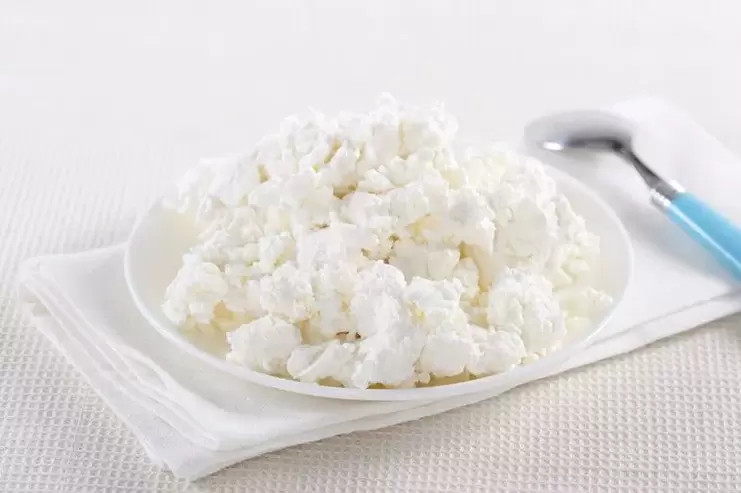
Day 1
- Breakfast: two boiled eggs, tea or coffee without sugar.
- Snack: 100 g low-fat cottage cheese.
- Lunch: 200 g boiled pollock, rosehip broth.
- Afternoon snack: white cabbage and cucumber salad.
- Dinner: 100 g of boiled pollock.
Day 2
- Breakfast: oatmeal, eggs, green tea.
- Snack: a glass of kefir or natural yogurt with berries or fruit slices.
- Lunch: buckwheat porridge and baked breast 100 g.
- Afternoon snack: assorted cucumbers and tomatoes.
- Dinner: boiled pollock 100 g.
3rd day
- Breakfast: oatmeal, eggs, green tea.
- Snack: green apple.
- Lunch: a serving of brown rice and 100 g of chicken breast.
- Afternoon snack: curd casserole.
- Dinner: Brussels sprouts salad.
Day 4
- Breakfast: two-egg omelet. Tea or coffee without sugar.
- Snack: pollock or steamed breast 100 g.
- Lunch: boiled pollock 200 g, roasted vegetables (zucchini, eggplant, various types of cabbage).
- Afternoon snack: assorted vegetables 200 g.
- Dinner: grapefruit and apple juice.
Day 5
- Breakfast: oatmeal and boiled eggs.
- Snack: vegetable salad, 50 g low-fat cheese.
- Lunch: boiled rice and breast, vegetables 100 g.
- Afternoon snack: carrot salad and low-fat cottage cheese, 100 g each.
- Dinner: one green apple and unlimited cabbage.
Day 6
- Breakfast: two-egg omelet with tomatoes.
- Snack: vegetable salad 150 g or 100 g cottage cheese.
- Lunch: boiled rice and chicken breast.
- Afternoon snack: carrot salad in olive oil and cabbage.
- Dinner: 100 g of pollock and a glass of kefir.
Day 7
- Breakfast: oatmeal with boiled eggs. Tea with a spoonful of honey.
- Snack: apple or orange.
- Lunch: 200 g of boiled beef and pearl barley porridge.
- Afternoon snack: 100 g of cottage cheese.
- Dinner: 200 g of vegetable salad with a slice of cheese.
Day 8
- Breakfast: two boiled eggs, an apple, green tea.
- Snack: oranges.
- Lunch: buckwheat porridge or rice with pollock (150 g).
- Afternoon snack: boiled breast 200 g.
- Dinner: vegetable salad 200 g.
Day 9
- Breakfast: a glass of kefir and an omelet.
- Snack: cabbage salad with cucumber 200 g.
- Lunch: boiled rice and breast.
- Afternoon snack: carrot salad.
- Dinner: small vegetable and grapefruit salad.
Day 10
- Breakfast: oatmeal, eggs and tea with a spoonful of honey.
- Snack: vegetable salad 100 g.
- Lunch: a portion of rice, sliced chicken with steamed onions.
- Afternoon snack: a glass of natural yogurt.
- Dinner: low-fat cottage cheese and green apples.
Day 11
- Breakfast: two hard-boiled eggs, green tea or unsweetened coffee.
- Snack: oranges and a handful of nuts.
- Lunch: 200 g of any grilled fish.
- Afternoon snack: tomato juice 200 g.
- Dinner: beef steak 150 g.
Day 12
- Breakfast: oatmeal and eggs, coffee.
- Snack: 50 g low-fat cheese.
- Lunch: 200 g lentil soup, fish cake.
- Dinner: banana and carrot juice.
Day 13
- Breakfast: vegetable salad, coffee and bread.
- Snack: cabbage salad.
- Lunch: steamed fish cake and buckwheat porridge.
- Afternoon snack: an apple and a glass of kefir.
- Dinner: salmon steak, lettuce.
Day 14
- Breakfast: scrambled eggs from two eggs with a piece of bacon.
- Snack: 50 g cheese and two pieces of celery.
- Lunch: a portion of brown rice and boiled breast.
- Afternoon snack: 200g sour cream.
- Dinner: vegetable stew and herbal stew.
For a month
You can make a diet for a long time yourself, while observing the following recommendations:
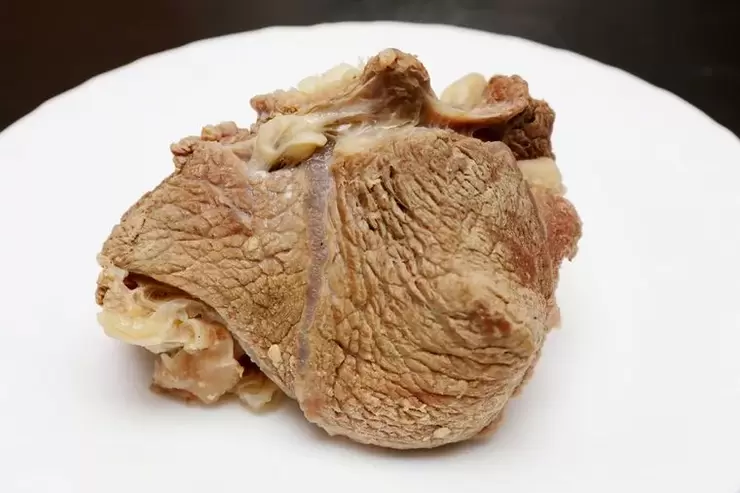
First week (introductory). In the morning we eat complex carbohydrates, for snacks and lunch - protein and complex carbohydrates 50/50, afternoon snacks and dinner - protein foods. Sugary and starchy foods are completely excluded, but low GI vegetables and fruits can be added. The goal of the first week is to prepare the body for a carb-free diet.
Second week. We eat the following: eggs (2 pieces per day), low-fat cottage cheese, 1% kefir, 0. 5% milk (one glass), boiled beef, skinless chicken breast (fat is concentrated in it), boiled sea fishor grilled , seafood, fresh vegetables: cabbage, cucumbers, tomatoes, herbs (unlimited), apples and oranges (one per day until 14-00), for dinner you can eat 1 tbsp. spoonful of bran.
The third week. Low-fat cottage cheese, eggs (2 - whole, 2 more - protein only), boiled breast, boiled or grilled sea fish, cucumber (one slice per day), herbs, bran, 1 tbsp. spoon three times a day.
The fourth week. 2 boiled chicken breasts a day, boiled egg whites (7-8 pieces daily), bunch of parsley, bran.
What is drying?
This term has entered the daily life of fitness and bodybuilding. Athletes use it to burn fat while maintaining muscle mass.
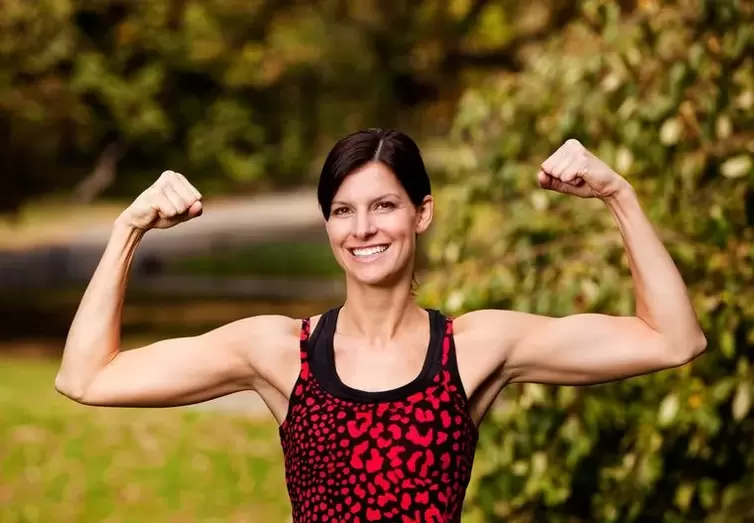
What you need to know
- Even if you do the drying according to all the rules, it is completely unsafe. The kidneys and liver are overloaded, which provokes weakness and lethargy, exacerbation of chronic diseases, and malfunctions of the digestive tract.
- If you do not exercise, then there will be no drying of fat, it will be a normal low-calorie diet. You shouldn't expect miracles from him, but health issues are to be expected.
- Drying only makes sense if you have previously been involved in sports training and have the muscle mass you need to remove the fat layer. If there is no muscle protruding under the fat layer, it will be more effective for you to abandon starchy, fatty and sugary foods.
- This is a long process and doesn't sound like a pre-holiday weight loss routine. Short-term drying (to prepare for competition) lasts one to two weeks, and long-term (gradual) drying takes five to seven weeks. Only gradual ones will help to tighten the figure.
- It is held no more than twice a year.
Perfect drying performance
- Two weeks before the start of drying, it is necessary to support the liver. This will help you hepatoprotectors - prophylactic agents that have a positive effect on the liver.
- During this time, the body should not experience stress: travel, weddings, sessions, emergencies at work. Therefore, carefully plan the drying period.
- Women are not advised to "dry" for more than a month and a half, otherwise hormonal disturbances will follow. At the end of the process, exit follows. In terms of duration, the same as the drying itself.
- Exercise during this period should be short but very intense. Cardio training should last no more than half an hour, and strength training should last 45 minutes.
- The calorie content of the diet is only 300-350 calories less than usual. Menus that are too low in calories (up to 1200 kcal per day) are only suitable if you weigh 55 kg or less before drying.
- Protein shakes and other dietary supplements are used in consultation with a trainer.
Nutritionists strongly warn: drying isn't just a carb-free diet, it's a process that's too serious to be done alone, at home. Experiments can have a negative impact on health.
Contraindications to carbohydrate-free nutrition systems
Before starting such a diet, you should consult your doctor in the following cases:
- If you have recently had surgery.
- Have kidney, liver, or gastrointestinal problems.
- Suffering from several types of chronic diseases.
Diets are strictly prohibited:
- children under 18 years old;
- lactating and pregnant women;
- with food allergies to protein products.
Carbohydrate Recipes
To make your menu tasty and varied, we offer some simple recipes.
Chicken ball with cheese with
Take 0. 5 kg of chicken fillet and scroll through a meat grinder. A pinch of salt, pepper and two cloves of minced garlic will enhance the taste. Mix everything well. Beat in raw eggs. On a coarse grater, grate 200 gr. hard cheese and the resulting shavings are also added to the minced meat. Stir again. Grease a baking sheet with olive oil and form into small meatballs. Bake in the oven at 200 C for 20 minutes. When it is browned, turn it over to the other side. Serve hot, sprinkled with herbs.

heart casserole
Take one kilogram of beef liver, rinse thoroughly with cold water, grind until smooth using a meat grinder or blender. Finely chop one onion and 200 gr. champignons. Beat 4 egg whites. Add 2 tbsp. tablespoons of wheat bran. Mix the entire mass well. Put it in a mold, grease it with olive oil and bake in the oven at 180 degrees for 40 minutes. When cooking, you can use sugar-free kebab seasoning.
The option of a casserole without onions and mushrooms is also possible.
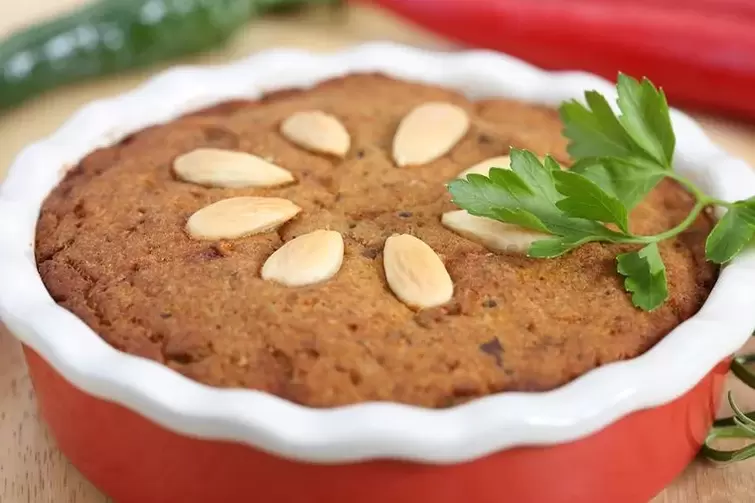
Light chicken salad
Boil 100 gr. chicken slices. Drain the gravy, it will be useful for the gravy. Take 50 grams. lettuce leaves and cut into pieces. Cut the finished fillet, cucumber, tomato and hard-boiled egg into cubes. Mix all the ingredients and add a drop of olive oil.
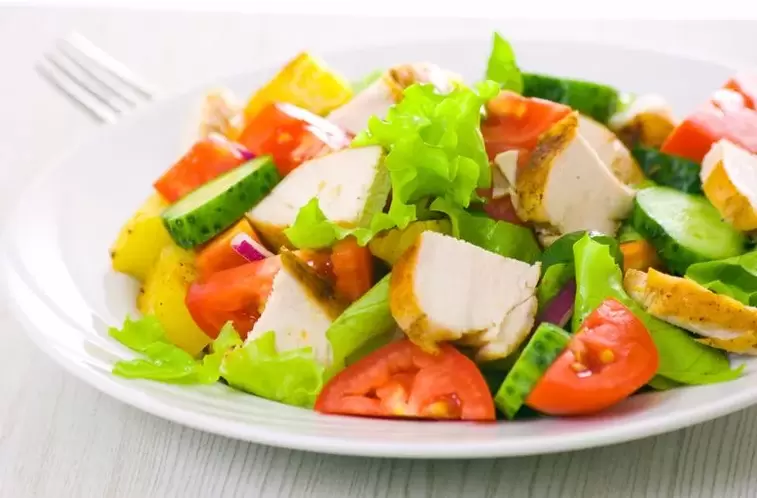
Baked Mushroom in Egg
Take half a kilo of fresh mushrooms, chop finely, boil in salted water and put in a colander. When the liquid has dried, transfer the mushrooms to a frying pan and lightly fry them in olive oil. Then transfer to a baking sheet and sprinkle with herbs. Salt and pepper to taste. Use a spoon to make two holes in the mass and pour in the raw eggs. Bake in the oven until the eggs are cooked.
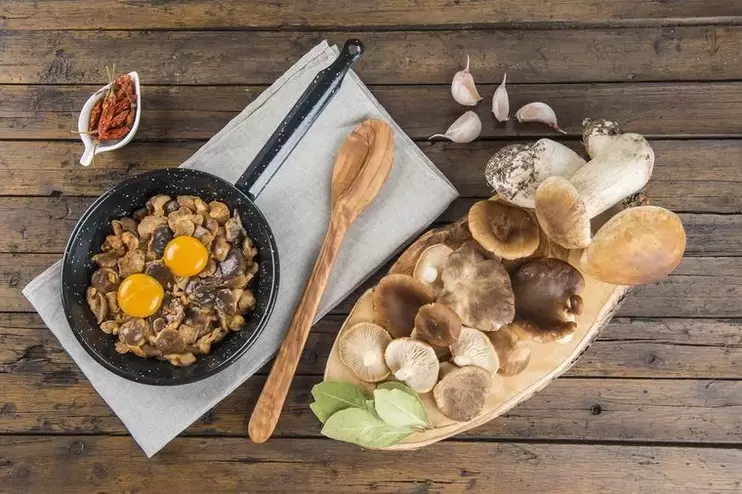
Pumpkin Pancakes
Take 200 grams. pumpkin and grate. Beat one raw egg into the resulting mass. Add 4 tbsp. tablespoons of flour and a pinch of soda. Stir the pumpkin mixture until smooth. Form pancakes and bake at 200 degrees. You can sprinkle it with grated cheese first. Instead of baking, pancakes can be fried right away.

Get off the diet
How to get out of the diet correctly:
- Return to your normal diet gradually, adding new foods every week. For example, seven days after the end of the marathon, you include pasta on the menu. Fourteen days later - starchy vegetables, after three weeks - cereals, and so on . . .
- Continue to eat small meals: in small portions several times a day. Nutritionists say that 5 times a day is much healthier than eating less often.
- Stick to the green plate rule. It sounds like this: half filled with greens and crunchy greens. A quarter plate: cereals - rice, bulgur, beans and another quarter: healthy protein foods the size of a human palm - fish, chicken, beef, etc.
- The amount of carbohydrates consumed daily increased by only 30 grams. It's great if it's a slow carb.
- Don't forget about sports. No need to spend the night in the gym, you can just walk at a brisk pace and do some light exercise in the morning.
- Limit your fat intake.













































